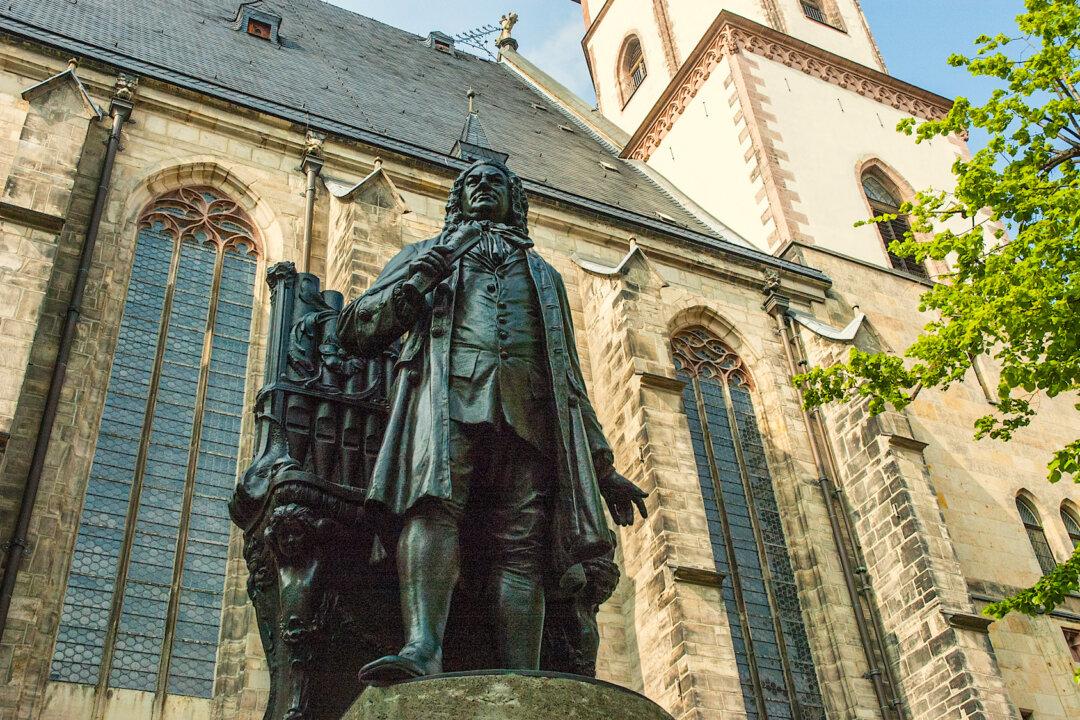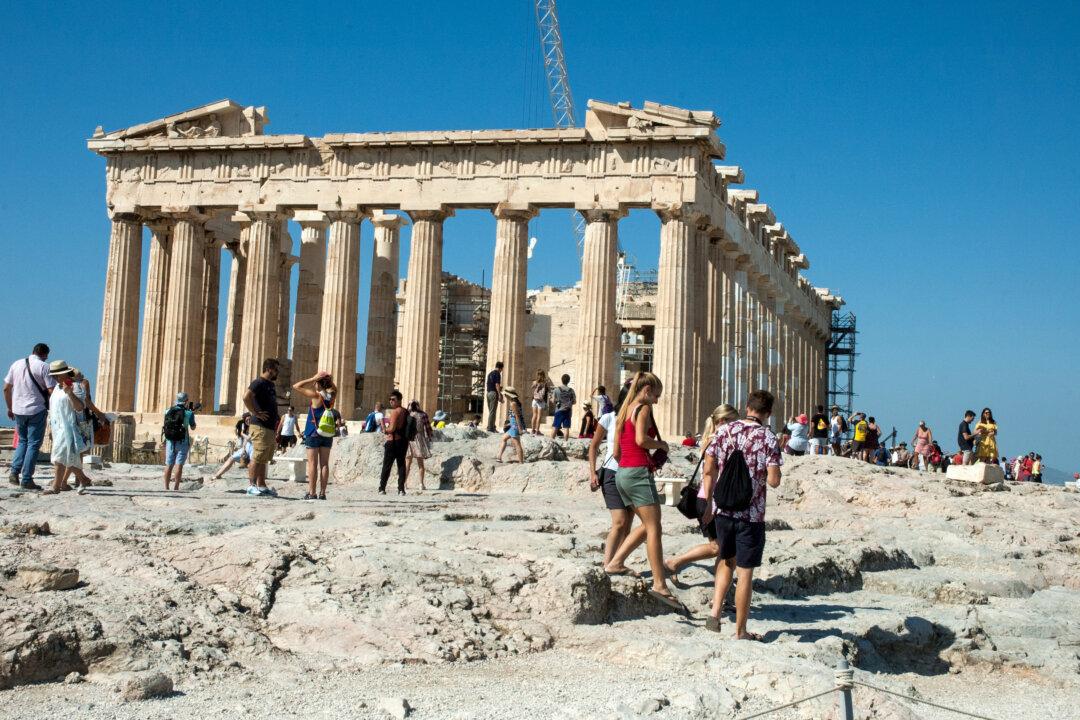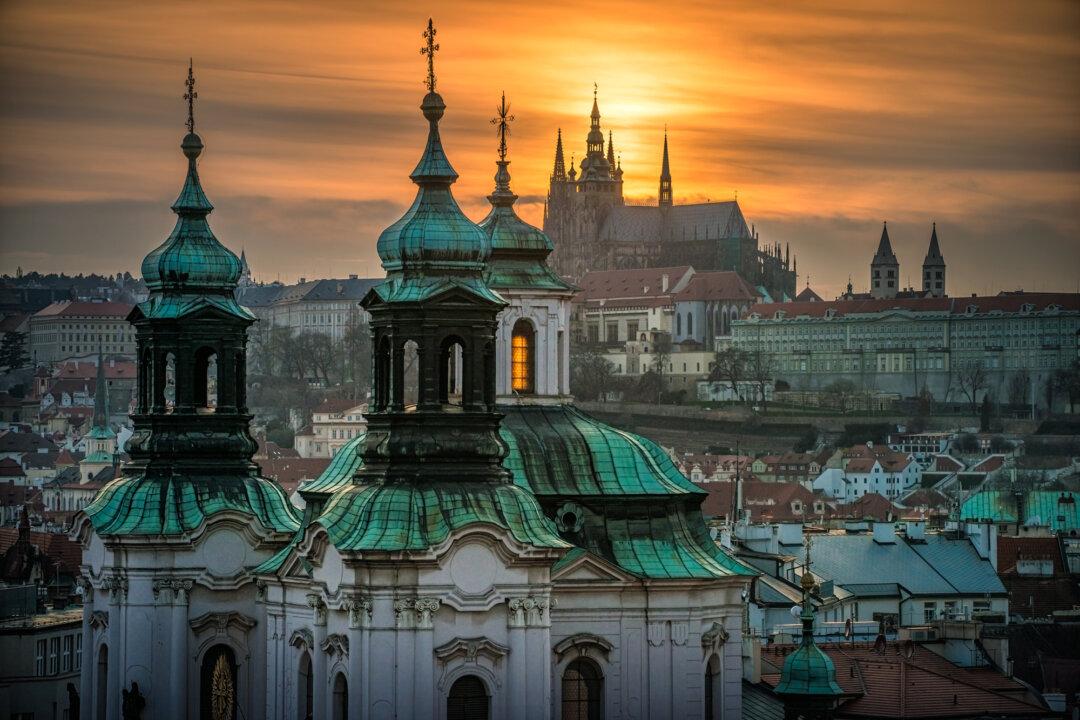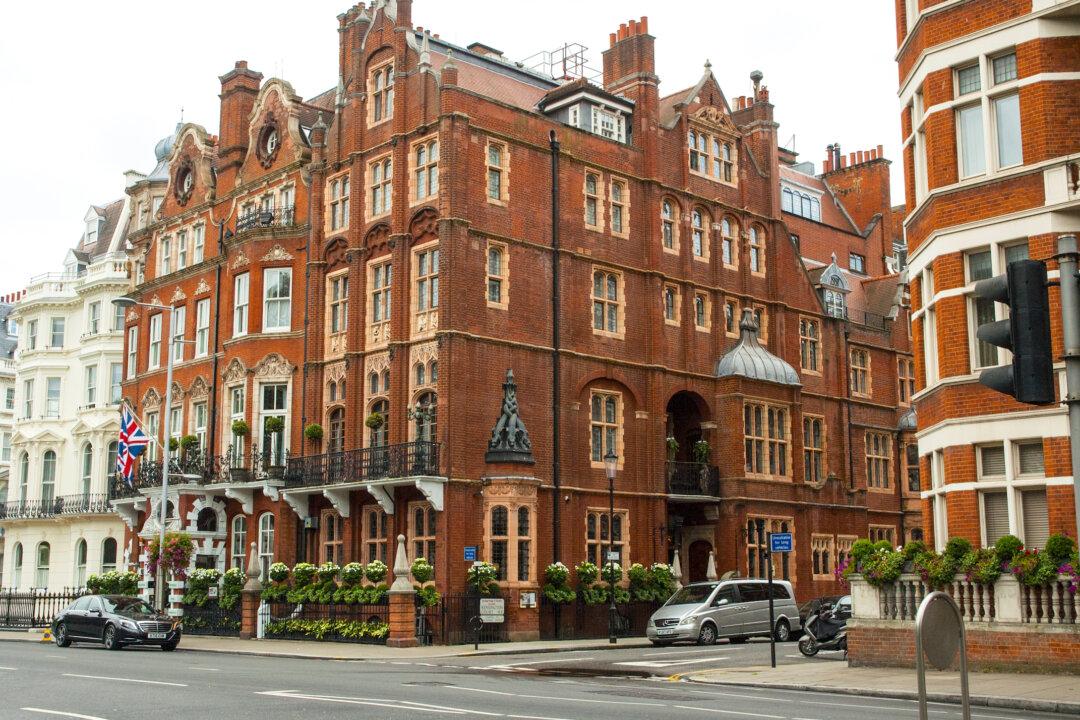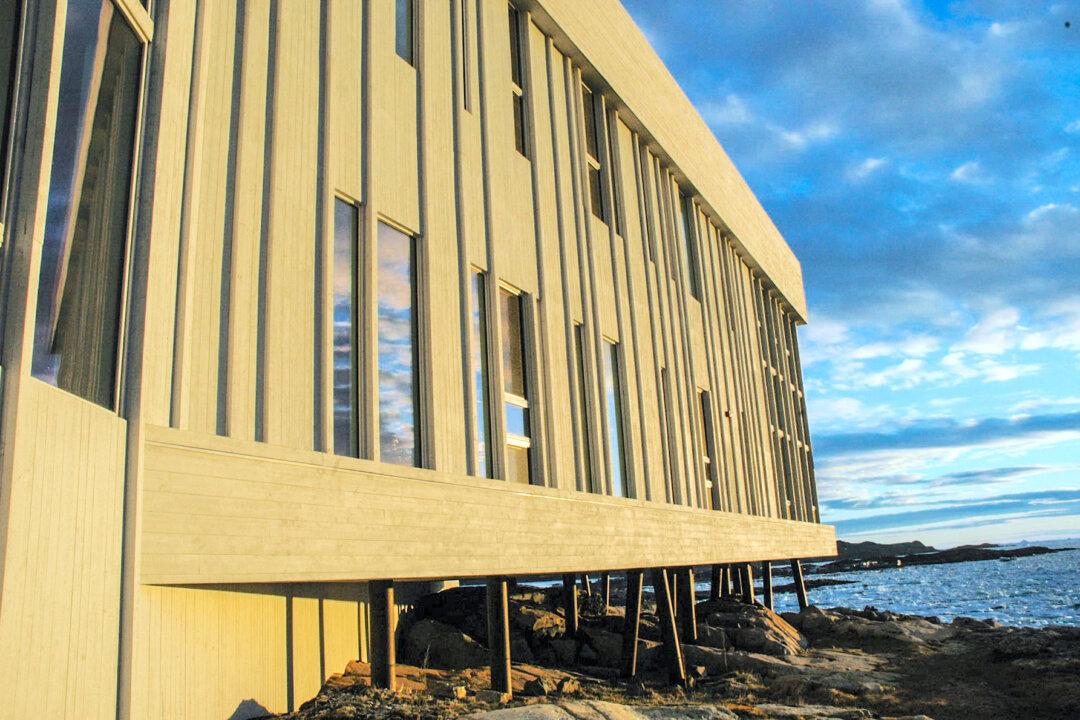It’s hard to believe, as you stand near the tomb of Johann Sebastian Bach, that Bach’s music and legacy were all but forgotten 70 years after his death. Even in Leipzig, where he lived for 27 years and was the choirmaster at the St. Thomas Church, his original gravesite remained unknown for at least a century.
Today, Bach music lovers flock to this city of culture and share in its rich music history. And in Leipzig—Germany’s 14th largest city but second-largest in Bach’s time—you can easily, by foot, get to know the major areas associated with Bach, Richard Wagner, and Felix Mendelssohn, just to name three.

